Whey protein is a popular ingredient in protein-based baking recipes. It’s rich in amino acids, making it ideal for people who are looking for a post-workout snack that fits their protein macros. However, it may not be great for people with dairy allergies, or maybe you just ran out of protein powder. So, what can you substitute for whey protein powder when baking?
What Can I Substitute for Whey Protein Powder in Baking?
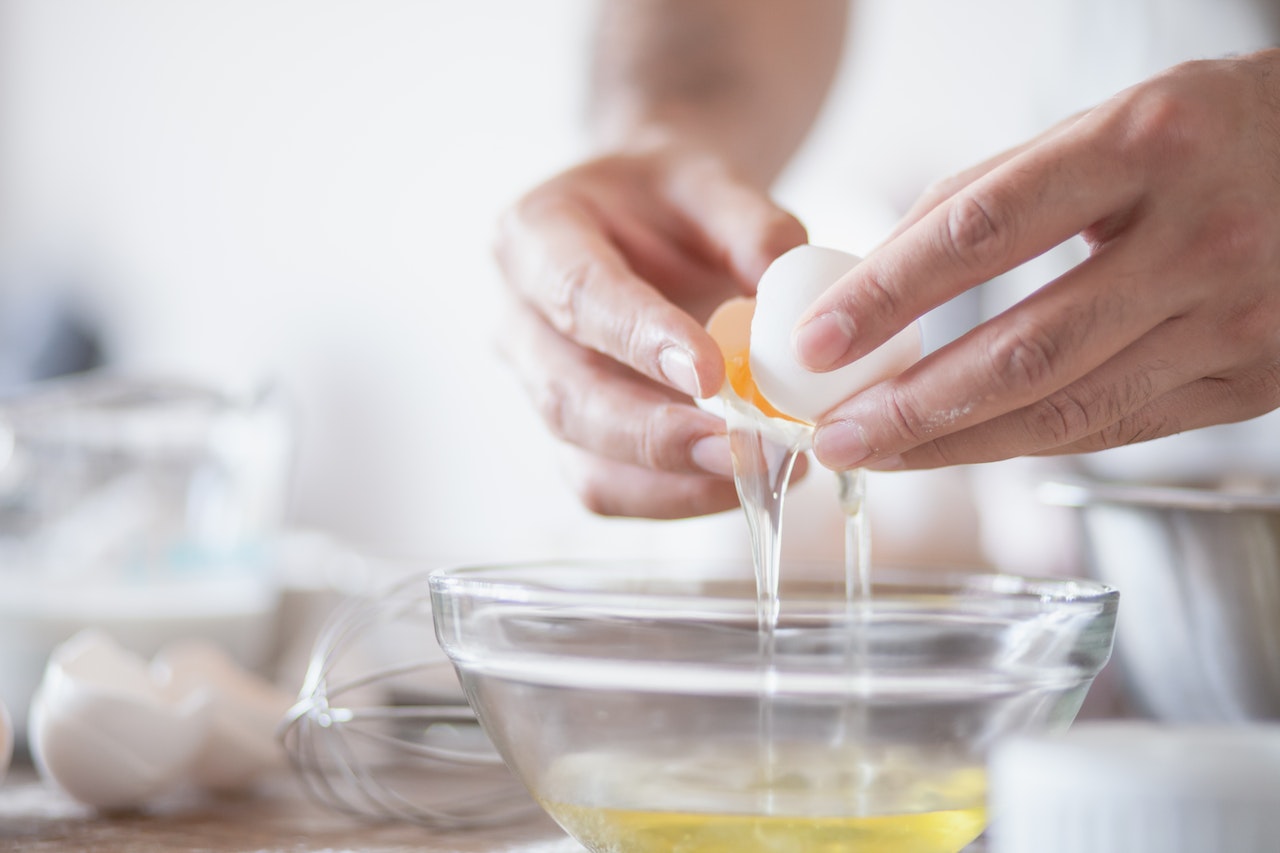
The best alternative to protein powder is egg white powder. Egg white protein provides all the essential amino acids and contains other essential nutrients, such as sodium and calcium. On top of that, it is low in calories, carbohydrates, and fats, making it a great alternative to whey protein powder.
Another good thing about egg white protein is that it is easily digestible for the majority of people and it’s readily available.
Other Substitutes for Whey Powder in Baking
The protein world is filled with unlimited alternatives, which can make it difficult for fitness bakers to choose what to use in their recipes. With that in mind, here are some of the best alternatives to whey protein powder when baking:
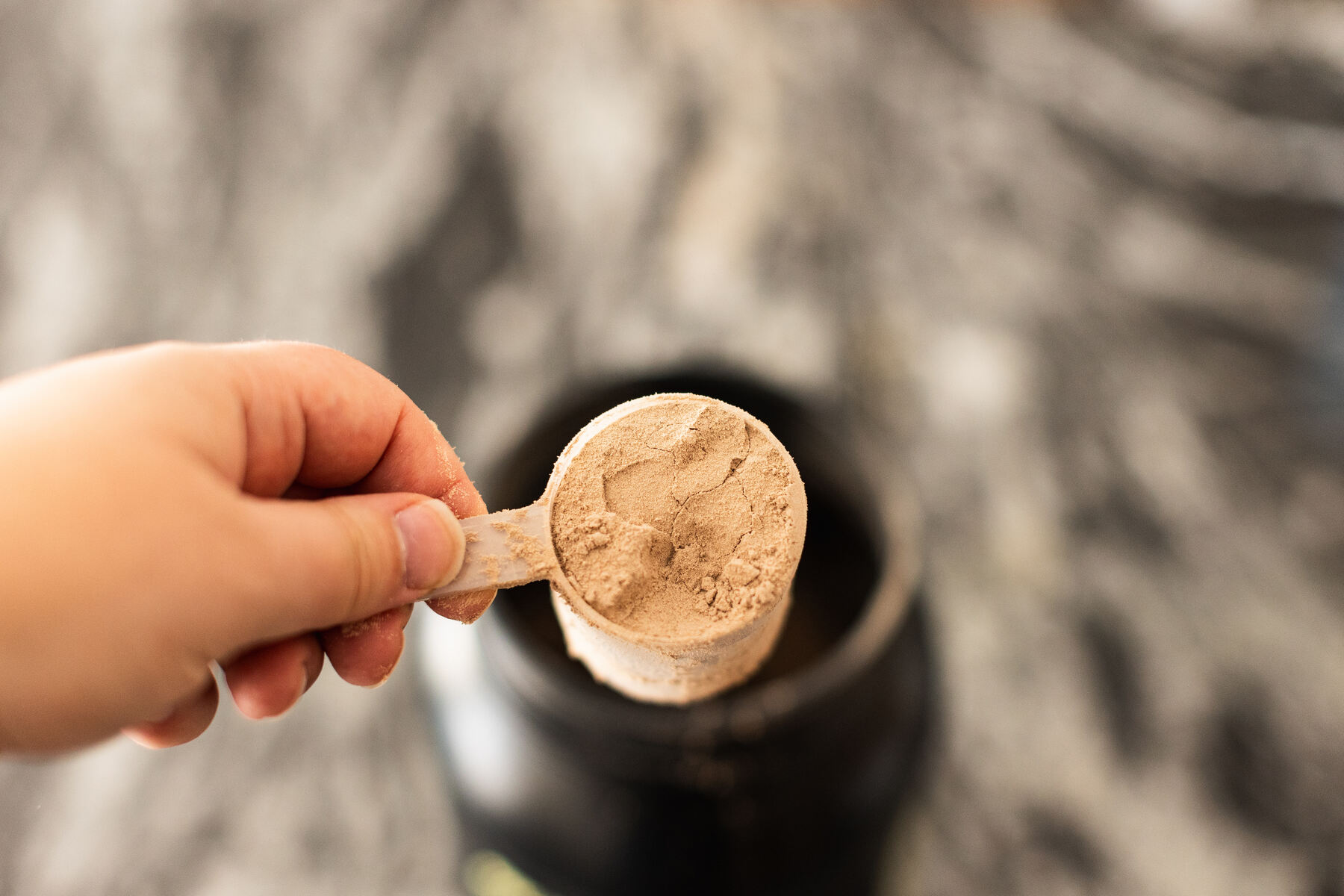
Casein Protein
Casein is a protein found in cow’s milk as well as dietary supplements. It is a slow-digesting protein and provides the body with amino acids that are great for building muscle.
The slow-digestive nature of casein is particularly helpful when taken before bed. Consider consuming snacks baked with casein protein before sleeping since it helps you feel full longer and the slow release may prevent reaching a catabolic state while sleeping.
The main reason why bakers use casein protein powder as an alternative to whey protein is because it has a higher absorption rate. I’ve also found it produces the best flavor out of all the other protein powder substitute options.
| Macro | Per Serving |
| Protein | 25 grams |
| Carbohydrates | 1 gram |
| Fat | 0 grams |
Quinoa Flour
Quinoa flour is made from ground dry quinoa seeds or quinoa flakes. It is a nutritious seed-like grain that is gluten-free and rich in protein, minerals, fiber, and various vitamins. Quinoa is an excellent alternative to whey protein as it adds thickness and a unique flavor to baked goods.
Quinoa flour can be combined with other types of flour (like cassava flour) to make gluten-free bread, pancakes, cookies, pie crusts, and muffins.
There are things to consider when using quinoa to bake. First, use a binding agent to help make your baked goods stick together (egg is a great option). Some other binding agents include chia seeds, guar gum, psyllium husk, or xanthan gum.
The second thing is getting an ideal ratio. When replacing protein powder with quinoa powder, use a 2:1 ratio of quinoa powder to protein.
Note: Refrain from overmixing, as this can make your batter dense and tough.
| Macro | Per Serving |
| Protein | 12 grams |
| Carbohydrates | 68 grams |
| Fat | 6 grams |
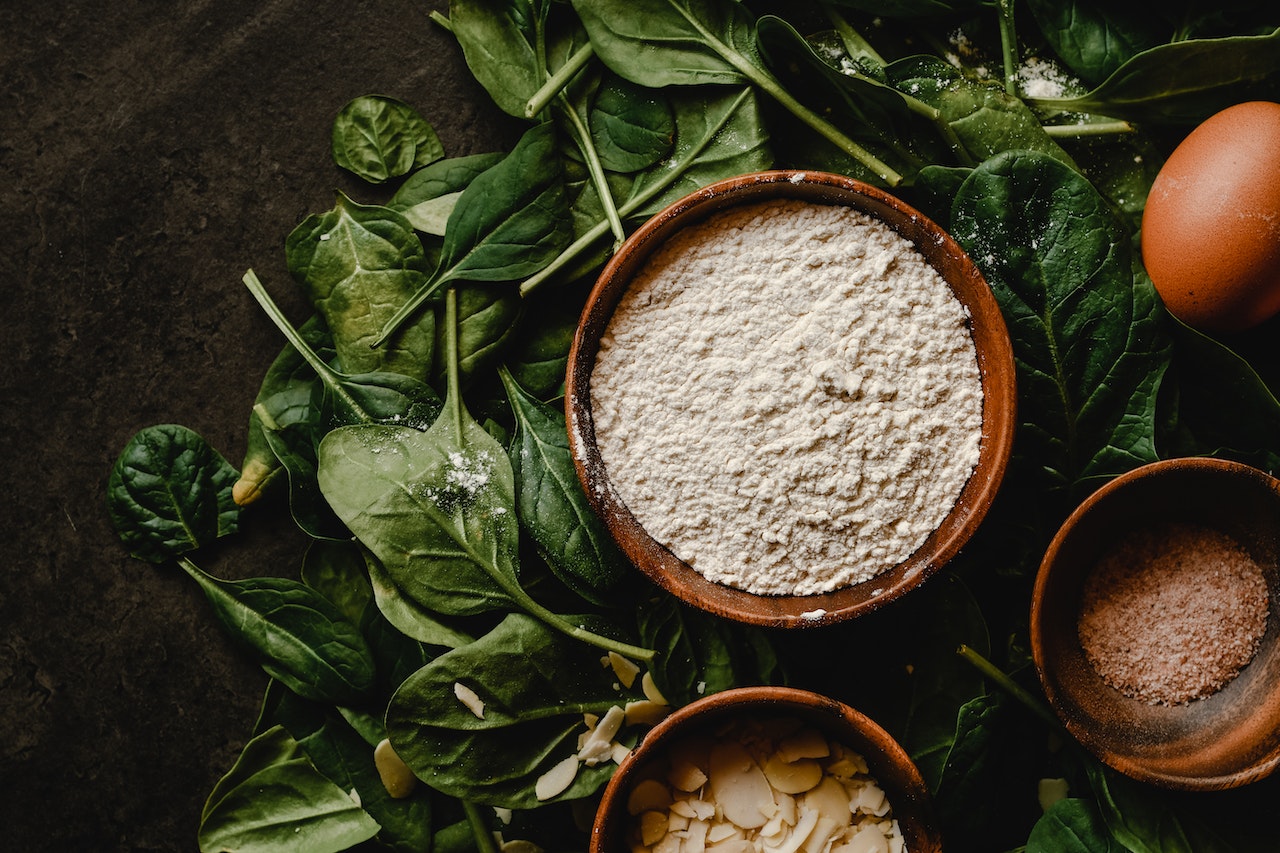
Coconut Flour
Coconut flour is another great alternative to whey protein because it is easy to use and contains protein, fiber, and healthy fats. It is made from ground dry coconut meat pulp and has a light texture. Coconut flour is also low in carbohydrates, making it an excellent choice for those following a low-carb diet and need to track their macros closely.
You must sift it before beginning the process to achieve the best result when using coconut flour. Also, you will need to use more liquid in the recipe. This helps to prevent lumps and maintain the right consistency of butter and dough. More liquid also ensures you achieve a tender and moist texture.
| Macro | Per Serving |
| Protein | 3 grams |
| Carbohydrates | 9 grams |
| Fat | 1.5 grams |
Almond Flour
Almond flour is made from ground almonds, one of the most versatile and nutritious flours you can substitute for whey protein. It is a rich source of protein, fiber, and healthy fats that helps boost the nutritional value of your baked goods.
Almond also has a low carbohydrate and glycemic index, making it ideal for various baking recipes. It can be used to bake cakes, cookies, bread, muffins, and even pancakes.
Almond flour has a higher absorption rate, meaning you must use more liquid for a quality end result. Besides adding more liquid, you can use eggs or another binding agent, like chia seeds, or guar gum.
| Macro | Per Serving |
| Protein | 24 grams |
| Carbohydrates | 6 grams |
| Fat | 15 grams |
Oat flour
Oat flour is made by grinding oats into a fine powder and is an excellent alternative to whey protein when appropriately used. The flour contains protein, dietary fiber, and many vitamins and minerals essential to the body.
Oats can be used to bake various recipes, such as muffins, bread, cookies, pancakes, and cakes. The best thing about using oats for baking is that it does not change the consistency of your recipe. The flour also has a sweet, nutty flavor that pairs well with savory dishes.
| Macro | Per Serving |
| Protein | 13 grams |
| Carbohydrates | 73 grams |
| Fat | 6.5 grams |
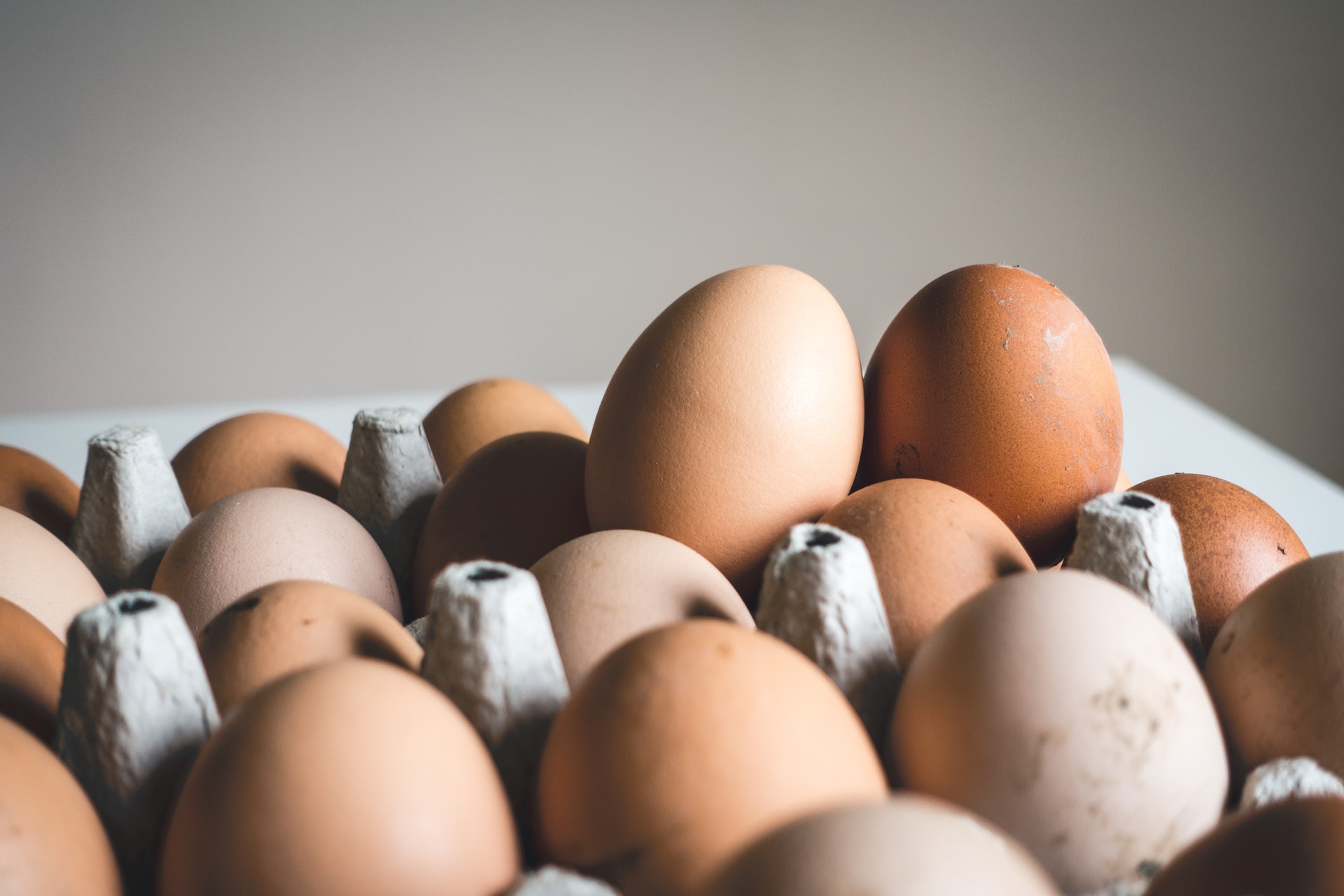
Natural Alternatives to Protein Powder
You can use these natural protein sources as an alternative to traditional protein powder in many types of recipes.
They work almost the same as powdered protein and are readily available in local stores. Here are some of the common ones:
- Greek Yogurt: This rich protein-dairy product is an excellent alternative to protein powder. It is high in vitamin B12, calcium, and selenium. It is a smoothie base when baking pancakes, bread, or even some types of cookies.
- Cottage Cheese: This is a curdled skimmed milk product (cheese) with a mild flavor and smooth texture. It is a nutritious milk product that can be used as an alternative to protein powder. Cottage cheese is rich in protein, B vitamins, calcium, and folate.
- Nuts and Seeds: Nuts and seeds are a good source of protein, which is why they can be used as an alternative to protein powder. These seeds and nuts include almonds, pistachios, chia seeds, and walnuts. These nuts and seeds are also rich in healthy fats, fiber, and many vitamins.
- Egg: Eggs are an excellent way to get protein naturally. This makes it an ideal alternative to powdered protein. To use eggs as a source of protein when baking (cakes, cookies, or pizza), you need to mash(hard-boiled egg) or whisk(raw egg) and mix with baking flour. This way, you will have introduced protein to your snacks naturally.
Plant-Based Protein Sources
Plant-based proteins are an excellent alternative to whey and other animal-based proteins. These types of proteins are ideal for people who need a vegan option. They are readily available in your local grocery store as well as many nutrition stores. The following are some of my favorites.
- Soy Milk: Soy milk is a plant-based protein made by blending soaked soya beans, grinding the mixture, and filtering out the solids. This leaves a smooth-like liquid that offers a great alternative to whey protein. You can use it to bake muffins, pancakes, and bread. Soy is rich in vitamin D, and calcium, and is also low in calories.
- Chickpea flour: Also known as gram flour (besan), chickpea flour is a gluten-free flour made from ground garbanzo beans. It is a popular flour in Indian Cuisine. The flour is rich in protein, making it a great alternative to wheat flour. Besan also contains fiber and B vitamins.
- Hemp Seeds: These are tiny seeds from the hemp plant, Cannabis sativa. These seeds are rich in proteins, healthy fats, Omega-3, fatty acids, and Omega-6. These seeds’ protein content makes them great for baking recipes. You can use them when baking cookies, biscuits, and cakes.
- Pea Protein: This is an easily digested protein supplement derived from yellow and green split peas. Pea protein is also rich in essential amino acids, such as arginine, lysine, and branch-chained amino acids. It is always used as an additive to increase the protein of baked goods. So, if you want to increase the protein content of your baked pizza, bread, or biscuits, consider getting pea seeds.
Allergen-Free Proteins
These are types of proteins that do not trigger allergic reactions in people with food or drink allergies. The following are some of the allergen-free proteins:
- Amaranth: Amaranth is a gluten-free grain gaining popularity due to its various health benefits. It is an allergen-free grain rich in protein, magnesium, iron, and phosphorus. It also contains copper and selenium, essential for boosting the immune system.
- Buckwheat: Buckwheat is a whole grain rich in protein, fiber, and minerals. It is an allergen-free grain for baking muffins, pancakes, bread, and pizza. Buckwheat also has a nutty flavor, adding depth to the final baked good.
- Teff: Teff is a non-allergen ancient grain dominant in Ethiopia and Eritrea. However, the grain has been gaining popularity, making it spread to other countries western countries. Tef is used for baking pancakes, injera, and fermented bread.
- Millet: Millet is a tiny grain that belongs to the grass family and can be used in baking bread and cakes. It is a gluten-free grain, which is ideal for people with gluten sensitivities. Millet is also rich in protein, fiber, and carbohydrates, which adds nutrients to the baked good.
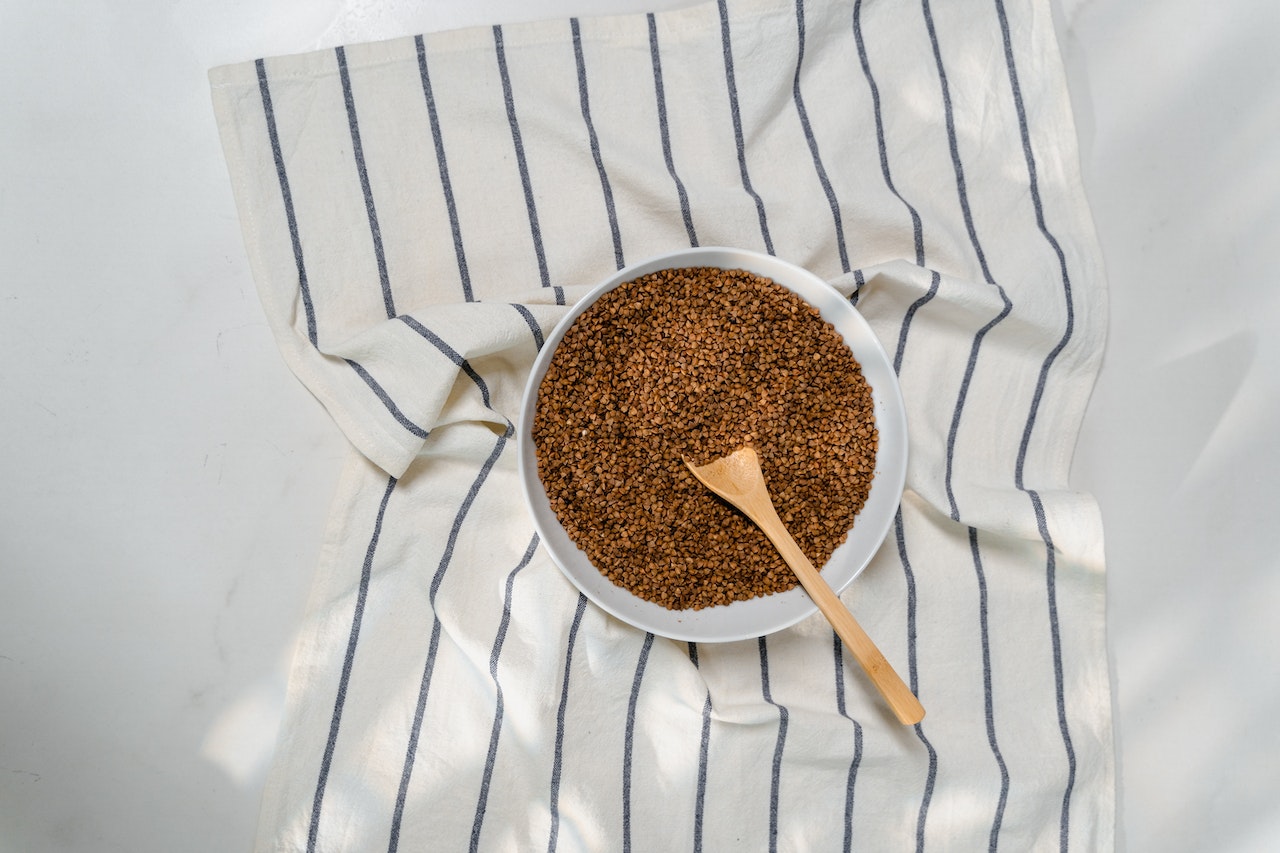
Storage and Preservation of Protein-Rich Substitute Ingredients
Proper storage and preservation of protein-rich substitute ingredients is an essential practice that you should consider doing daily.
For instance, it helps prevent spoilage or preserve your food’s quality and nutritional value. So, what methods are ideal for storing and preserving protein-rich methods? Here are some widely used methods:
- Store in Airtight Containers: This is the most widely used method of storing, preserving, and transporting protein-rich ingredients. The method helps prevent rancidity, growth of bacteria, and entry of foreign substances that can contaminate the ingredients. It also maintains the freshness of the ingredients.
- Store in a Cool, Dry Place: This practice is a must to prevent spoilage and swelling of these ingredients (if stored in a can). Find a cool and dry place in your home (50 to 60 degrees Fahrenheit) to store these ingredients to prevent food poisoning.
- Label and Date Containers: This helps you know how long the ingredient is safe to eat. Always apply the FIFO rule, which means first in, first out. Checking the expiration date of your ingredients means saving money because you are reducing wastage.
- Freeze if Necessary: Most proteins are stable at a colder temperature. Therefore, freezing slows the rate degradation and minimizes microbial growth risk. Most proteins are stored freeze-dried at 40 degrees Fahrenheit.
- Check for Freshness: At times, the expiration date may not be accurate, or the protein may not have been stored properly before you purchased it. That is why it is ideal to check for the freshness of your ingredients. Some signs indicating your ingredient is not fresh include bitter taste, rancid smell, clumping, and color changes.
Frequently Asked Questions
How Does Protein Powder Affect Baking?
Baking with protein powder changes the texture, and flavor, and adds nutritional value to your baked goods. For instance, using almond seeds adds protein, fiber, and healthy fats that help boost the nutritional value of your baked product. The powder also emulsifies and stabilizes your cake, cookies, or bread.
What Does Whey Powder Do in Baking?
Whey protein emulsifies, adds nutritional value (protein, vitamins, calcium, and healthy fats). The powder helps in binding, browning, and stabilizing your baked goods. It is an excellent substitute for egg whites and can be found in your local grocery or nutritional store as well as online.
Can I Use Flour Instead of Protein Powder in Baking?
Yes, you can use flour with protein and other nutritional contents instead of protein powder. For instance, most bakers use gram flour as an alternative to protein powders since it contains all the nutrients required. You can also use oat or almond flour. Most of these flours contain vitamins, calcium, selenium, and other nutritional values.
Can I Substitute Milk Powder for Whey Protein?
Yes, it is possible to substitute milk powder for whey protein. However, adding milk powder to your baking recipe is not a good option for those with dairy allergies. Milk powder may also lack some essential amino acids in whey protein contains.
Conclusion
Whey protein is a great powder that adds nutritional value to your baked goods. It contains protein, amino acids, healthy acids, and vitamins. Some bakers use egg white, casein, almond flour, and gram flour as substitutes for whey protein. Always remember that taste and texture vary depending on the substitute.